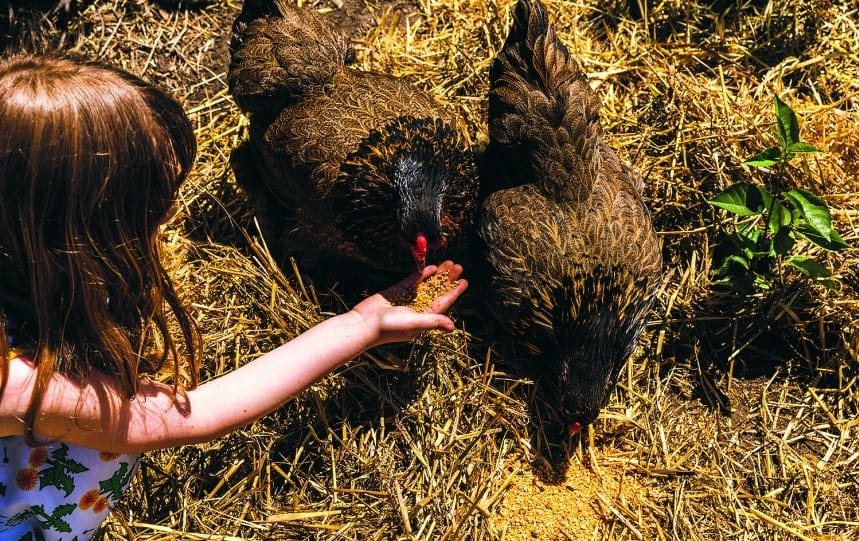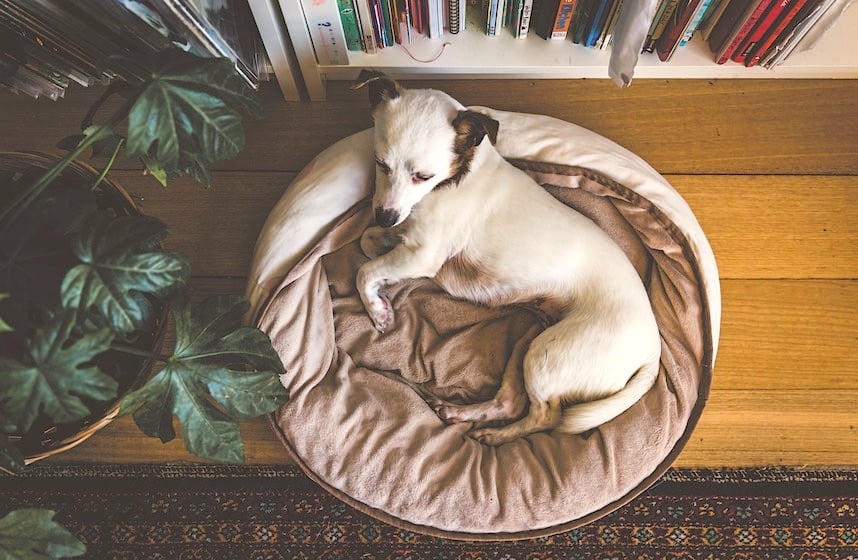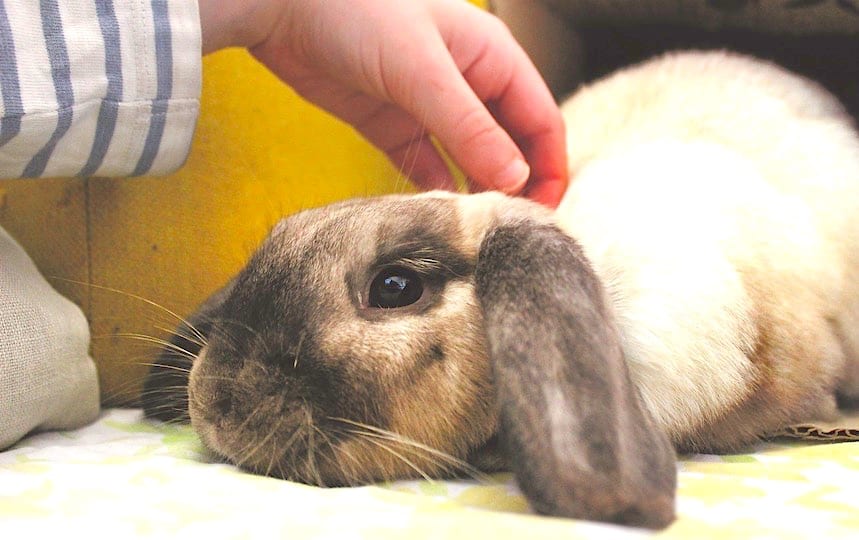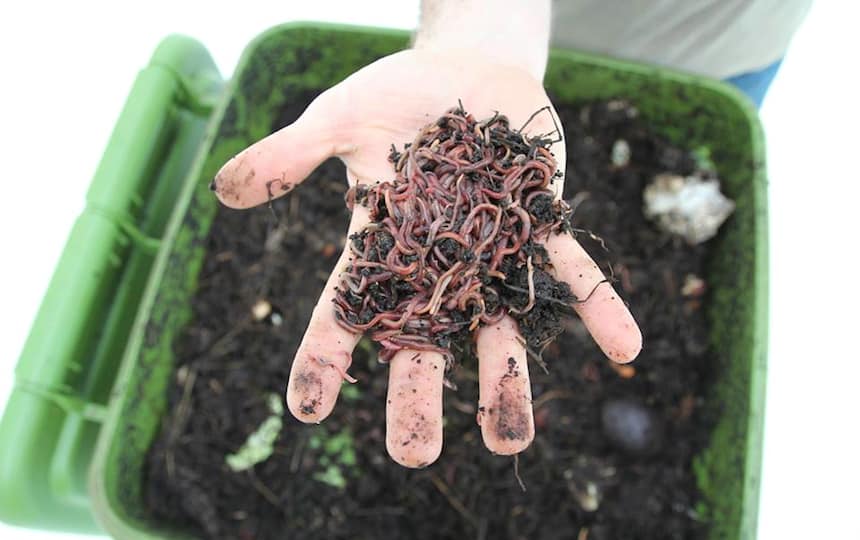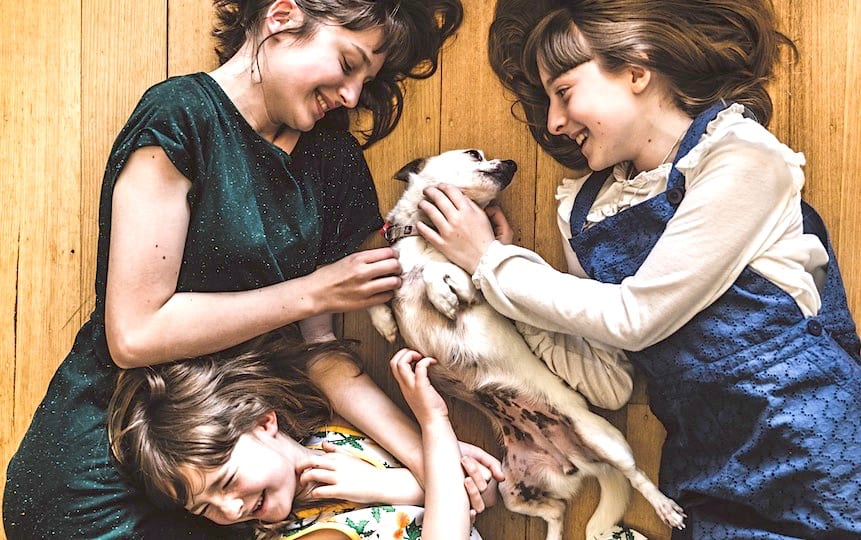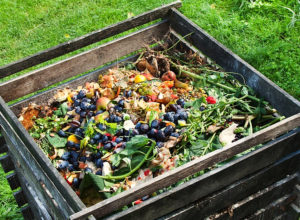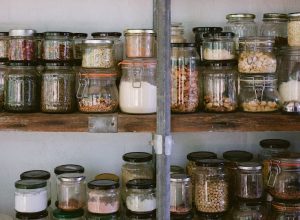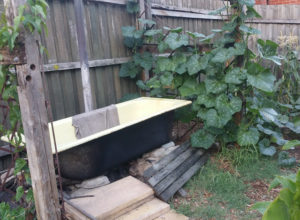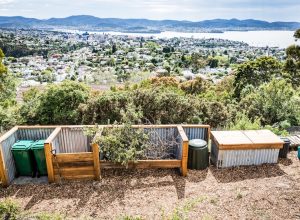Unfortunately our pets produce a lot of waste. Here are a couple of great ideas on reducing and re-using that waste, which will make having zero waste pets possible.
If you’re a pet owner, chances are you’re buying pre-packaged, processed foods and purchasing pet accessories made from synthetic and plastic materials for your furry friends.
The environmental impacts of owning a pet are often not immediately apparent, but with a considered approach, you can keep the impact of owning a pet to a minimum.
Here are a couple of great ideas to help you switch from having wasteful pets to having zero waste pets!
Zero waste pets tip #1: Make your own pet food
There are a rang of options for feeding your fur baby a zero waste pets diet, from raw meat diets to home-cooked food.
Cats are carnivores, so generally do best on a raw meat diet, including small bones, fish and organ meats, although they can tolerate some vegetables and even certain grains in small amounts. They also like a little raw egg and fresh greens. Some cooked food can also be tolerated.
Dogs have omnivorous tendencies and can cope with a broad rang of foods, so do well with raw meats and bones, vegetable, some grains, eggs, greens and leftovers. Some butchers make their own raw pet food or you can buy raw bones and meats and make your own.
We’ve found a combination of cooked food and raw bones works well for our pets, but check with your vet first if you’re unsure if its right for yours. It’s also important to transition pets towards a different eating approach slowly so their digestive system can adjust.
This is our base recipe for pet food which we alter depending on what we have in the fridge and what’s seasonal.
We use wallaby mince because it’s a local, ethically sourced wild meat and our animals prefer it. But most other meats will be fine.
Ingredients:
- 1kg wallaby or kangaroo mince, or organ meats
- 2 cups oats, rice or quinoa, or even leftover cooked grains
- 1 head of broccoli (including the stalk)
- 1 head of cauliflower
- 3 carrots
- 3 potatoes, or 1 large sweet potato
- 6 to 8 eggs
Optional extras:
- 1 teaspoon ground cinnamon (for fresh breath)
- 1 tablespoon ground eggshells (for extra calcium)
- 1 teaspoon ground turmeric (to prevent inflammation and promote good health)
- 1 handful of parsley (for extra minerals and fresh breath)
- 1 tablespoon olive oil or similar (especially if you’re using a low-fat meat such as wallaby)
- 1 fish oil capsule added to the meal when serving (for extra nourishment and silky food)
- 1 raw egg served with the meal a couple of times per week (for extra nourishment)
Method:
1. Place all the ingredients in a large slow cooker. Add water until everything is just covered.
2. Cover and cook in the slow cooker for 6-8 hours. If you don’t have a slow cooker, place the ingredients in a large stockpot on the stove, bring to the boil, then turn down the heat and simmer for 2 hours (or until the vegetable are soft), stirring occasionally.
3. The mixture should have boiled down by now and become a delicious (to petS) mushy mess. Break up any large chunks and mix it a bit with a potato masher.
4. Cool and place in jars or containers to freeze, saving some aside to introduce to your pet when ready.
Zero waste pets tip #2: DIY a pet-poo worm farm
It is possible to use the waste pets create as a resource in your garden. You can convert their poo to compost in a dedicated worm farm and use the compost to feed ornamental plants and fruit trees (keep it away from veggies and edible herbs to avoid any immediate toxins).
What you’ll need:
- A container to keep the worms in. Try an old bath, bin or barrel, Styrofoam boxes, old car tyres, a purpose-built box or a kit from your local nursery.
- A piece of mesh to cover any holes and keep the worms in. Fly screen or shade cloth are ideal.
- Some bedding material. Try mushroom compost, garden soil, coconut fibre or garden compost, or lightly dampened shredded paper (this is ideal if you want to compost pet poo).
- Worms! You’ll need about 1,000 worms specifically bred for farming. Look for tiger worms or red or blue wrigglers. Common garden worms are great for soil improvement, but not so effective in a worm farm.
- Worm food. For composting pet poo, don’t feed them other food along with the poo, as they’ll just eat the food and ignore the poo (who wouldn’t!). If you want a regular worm farm for your veggie scarps instead of poo, make sure to stay away from citrus and onions. Worms love soft food scraps, hair clippings, crushed egg shells, vacuum cleaner dust, coffee grounds, tea bags, sawdust, soaked cardboard and shredded paper.
- Dampened newspaper and hessian or similar to cover the worms
Method:
1. If you’re creating a layered box system to collect worm tea, you’ll need something watertight for your bottom layer. In a bath, you might choose to place a bucket under the drain hole. If you’re using a Styrofoam box, place a watertight one on the bottom.
Grab the box or container that will house the worms and make sure there are holes un the bottom for drainage. Place it on your watertight tea-collecting bottom layer if you have one.
2. Place the mesh over the holes. If you’re using a bath, cover the plughole.
3. Place the worm bedding material in the box or container.
4. Place the worms to the middle of the box. If you’re using a bath, place them at one end.
5. Add some poo for the worms to eat. Use the worm farm when you’re cleaning up your pet’s litter. Try to keep a good balance between the carbon and nitrogen-based matter in your worm farm. If you’re using a bath, just feeds the worms up the end where the worms are place.
6. Place a doubled-up sheet of dampened newspaper on the top of the worm farm to retain moisture and keep the worms comfy. Then pop a cover on the worm farm – a layer of hessian or the lid your kit came with will work.
7. In a few weeks you’ll be able to collect worm tea to feed your garden! Stick to ornamentals and fruit trees if your worms are eating pet poo.
8. As the worm farm fills up, you’ll be able to place another box or layer on top and fill it with bedding and food for the worms to migrate to. If you’re using a bath, start feeding the worms at the other end of the bath and they’ll move along to their new feeding place.
8. Harvest the beautiful broke-down compost from the previous nesting and feeding box and use it on the garden.
Tips:
Make sure not to overfeed your worms. Start with a small amount of food and watch to see how quickly they can break it down. Keep an eye on them as you add more.
Don’t feed pet poo to your worms if you’ve recently wormed your pets, as worming medication will kill your worm farm!
This is an extract from ‘A Family Guide to Waste Free Living’ by Lauren and Oberon Carter (Pan Macmillan Australia, 2019). Images: Natalie Mendham

